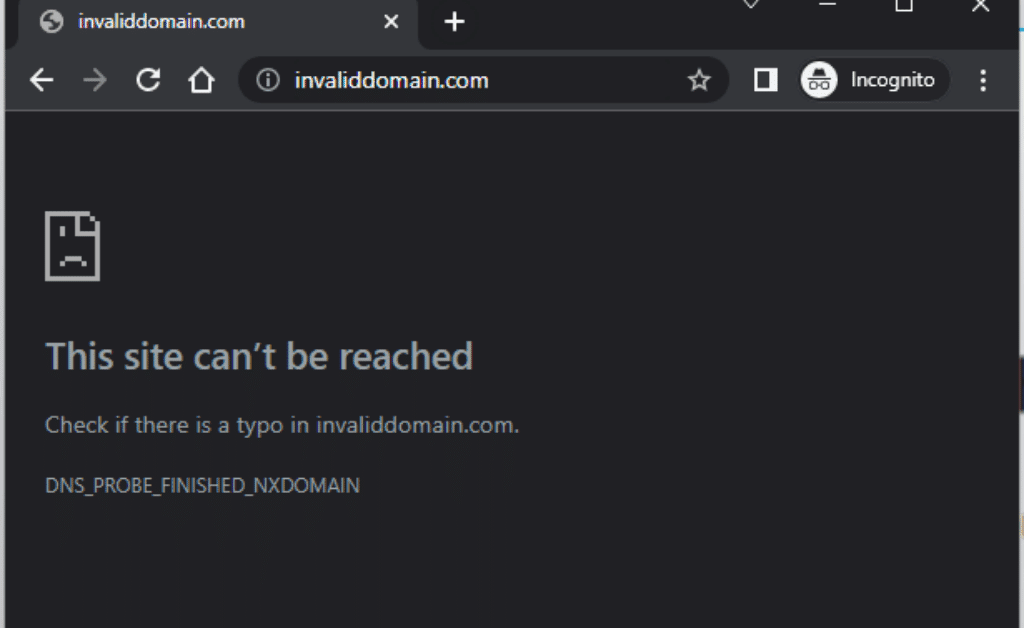Google Analytics is undergoing significant changes with the phasing out of Universal Analytics (UA) properties. Here’s a comprehensive overview of the situation and the necessary steps for exporting UA data:
Transition from Google Analytics UA to GA4
- End of UA Data Collection: Google Analytics Universal Analytics properties will cease processing new data from July 1, 2023, for standard properties and July 1, 2024, for 360 properties.
- Access to Historical UA Data: Data previously collected by UA will remain accessible for a minimum of six months beyond these dates.
Importance of Exporting UA Data
- Limited Data Access Post-Deadline: Post these cutoff dates, UA data can be downloaded for up to a year, making it crucial to export data for continued access.
- No Direct Transfer to GA4: Since UA data can’t be directly transferred to the new GA4 platform, exporting data is vital for preserving historical insights.
Methods to Export UA Data
- Spreadsheets (Google Sheets or Excel): User-friendly and cost-effective but may pose challenges for large datasets and require manual updates.
- Cloud Storage (e.g., Google’s BigQuery): Suitable for extensive data sets, offering flexible data retrieval and affordable storage, but lacks direct integration with UA.
- Custom Database Solutions: Ideal for integrating UA data with other business data sources, though it demands a higher investment in specialized storage solutions.
Key UA Reports to Export
- Acquisition and Traffic Sources: Understanding visitor sources and mediums.
- Conversion Pathways: Insights on conversion assistance and predominant conversion routes.
- User Behavior Analysis: Data on page visits, landing pages, user interactions, and internal site searches.
- E-commerce Performance: For relevant sites, details on transactions and product sales performance.
Reminder for UA Users
It’s critical for users to export their UA data before the deadlines to maintain access to historical analytics. This proactive approach is essential due to the unavailability of a direct migration path to GA4.
Conclusion
The phasing out of Universal Analytics by Google necessitates proactive measures from users to export and save their historical data. This process is crucial for maintaining a continuum in digital analytics and marketing strategies, as the transition to GA4 does not support direct data migration from UA. The methods for exporting data range from simple spreadsheet formats to more complex cloud or custom database solutions, depending on the scale and needs of the business.


